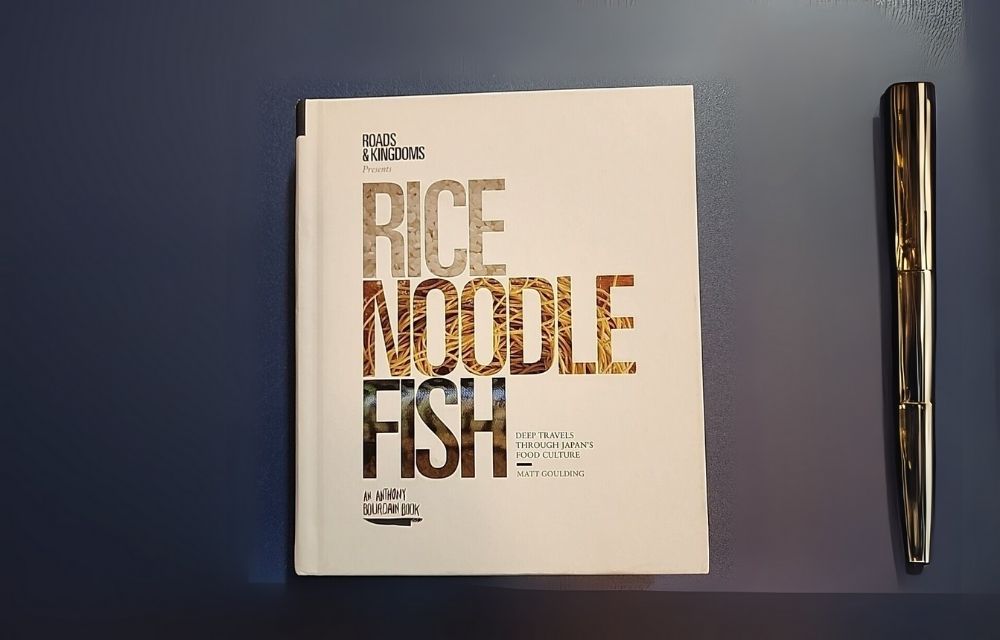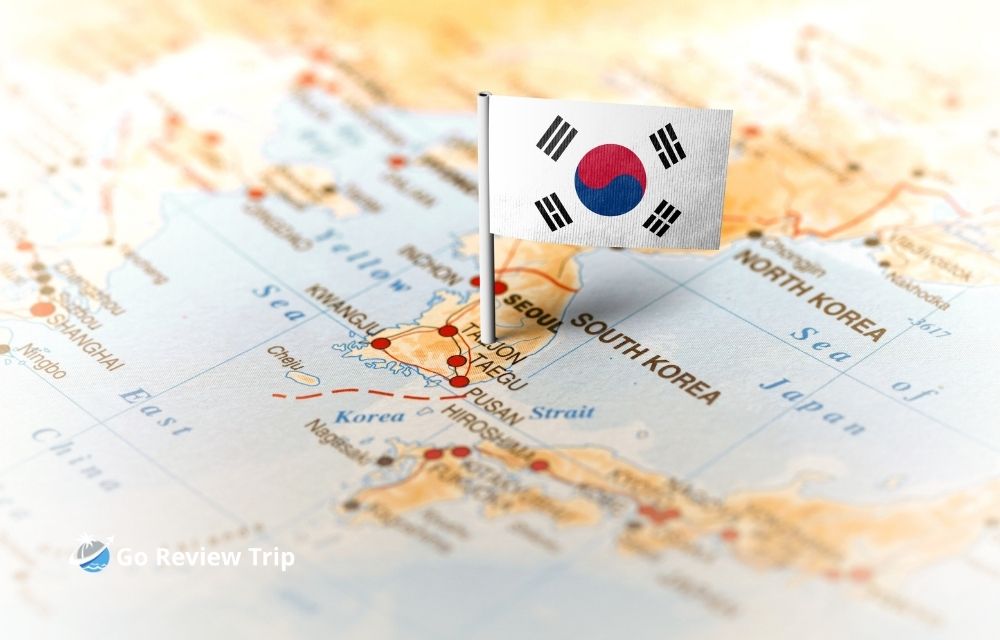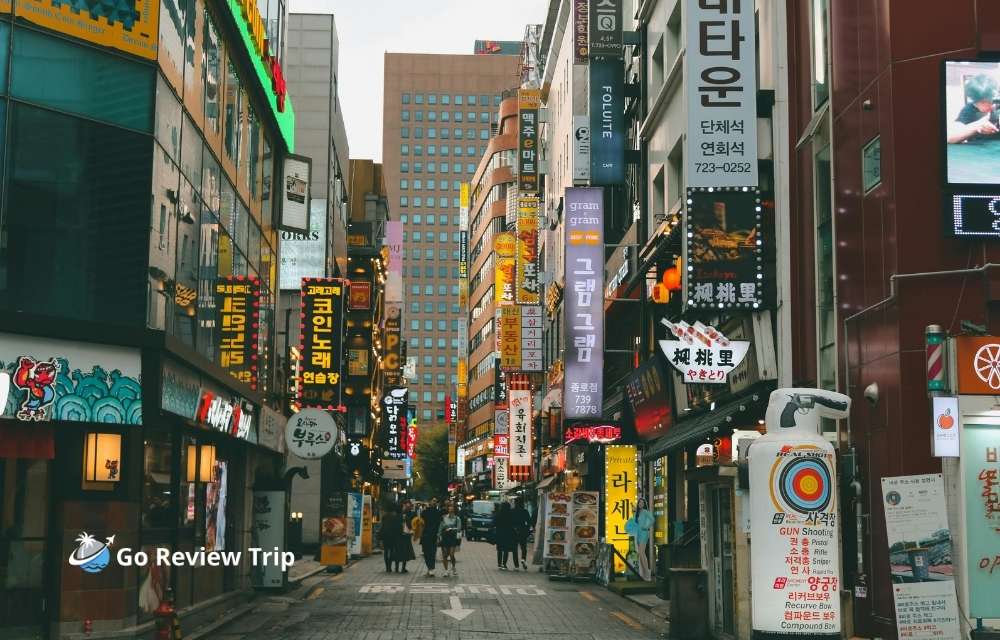Nestled in the misty mountains of northern Vietnam, Sapa is a captivating travel destination known for its stunning natural scenery, diverse ethnic cultures, and unique climate. Whether you’re seeking adventure, cultural experiences, or peaceful retreats, Sapa offers an unforgettable journey into one of Vietnam’s most beautiful regions.
Table of Contents
- 1 1. Where is Sapa Located?
- 2 2. Best Time to Visit Sapa
- 3 3. Highlights and Must-See Attractions in Sapa
- 4 4. Things to Do in Sapa: Unforgettable Experiences
- 5 5. Sapa Cuisine: What to Eat
- 6 6. Where to Stay in Sapa: Accommodation Guide
- 7 7. Travel Tips for Visiting Sapa
- 8 8. Suggested Itinerary: 3 Days in Sapa
- 9 9. Conclusion: Why Sapa Should Be on Your Vietnam Itinerary
1. Where is Sapa Located?
Sapa is located in Lào Cai Province, in the northwest of Vietnam, close to the Chinese border. It sits at an altitude of about 1,500 meters (4,921 feet) above sea level, offering a cool climate all year round. The town is approximately 320 km from Hanoi, the capital of Vietnam, and can be reached by train or bus.
How to Get to Sapa:
By Train + Bus: Take an overnight train from Hanoi to Lào Cai station, then a shuttle bus or taxi to Sapa town (approx. 1 hour).
By Sleeper Bus: Direct sleeper buses are available from Hanoi to Sapa, taking around 6–7 hours.
By Private Car or Tour Services: Comfortable and flexible but more expensive.
2. Best Time to Visit Sapa
Sapa is beautiful year-round, but each season offers a different experience.
March to May (Spring): Cool, dry weather, ideal for trekking and photography. Flowers bloom throughout the valleys.
June to August (Summer): Lush green rice terraces and warmer weather, perfect for seeing the countryside at its most vibrant.
September to November (Autumn): The iconic golden rice harvest season – a photographer’s dream.
December to February (Winter): Cold temperatures, mist, and even occasional snowfall. A magical experience for those who enjoy chilly weather.
3. Highlights and Must-See Attractions in Sapa
Sapa is a hub for scenic trekking, local culture, and natural wonders. Here are some of its top attractions:
3.1. Fansipan Mountain – “The Roof of Indochina”
Fansipan is the highest peak in Vietnam and the Indochina Peninsula, standing at 3,143 meters (10,312 feet). Adventurous travelers can hike to the summit or take the Fansipan Legend cable car, which offers breathtaking views of the mountains and valleys.
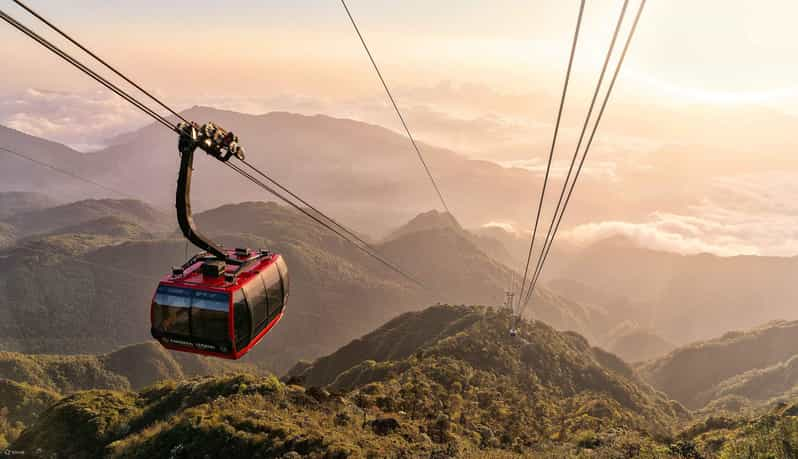
3.2. Cat Cat Village
Located just 2 km from Sapa town, Cat Cat Village is home to the Hmong ethnic group. Visitors can walk through the village to experience traditional houses, local handicrafts, and beautiful waterfalls.
3.3. Muong Hoa Valley
Famous for its sweeping rice terraces and ethnic minority villages, Muong Hoa Valley is one of the most picturesque spots in Sapa. It’s also home to an ancient rock field with mysterious carvings.
4. Things to Do in Sapa: Unforgettable Experiences
Sapa is not just about stunning landscapes; it’s a destination full of rich cultural interactions and adventurous activities.
4.1. Trekking Through Villages and Rice Terraces
Sapa is considered one of the best trekking destinations in Vietnam. You can explore scenic trails that pass through terraced rice fields, bamboo forests, and ethnic villages.
Popular trekking routes include:
Sapa – Lao Chai – Ta Van (easy to moderate, 1-day trek)
Sapa – Y Linh Ho – Lao Chai – Ta Van – Giang Ta Chai (2-day trek)
Sapa – Sin Chai – Fansipan base camp (multi-day trek for experienced hikers)
Most treks are guided by local Hmong or Dao women, offering unique insights into their culture and lifestyle.
4.2. Visit Local Markets
Ethnic markets in Sapa are vibrant, colorful, and full of life. They are perfect places to explore local culture, buy traditional handicrafts, and try street food.
Sapa Market (daily)
Bac Ha Market (every Sunday, ~100 km from Sapa)
Coc Ly Market (Tuesdays, smaller but authentic)
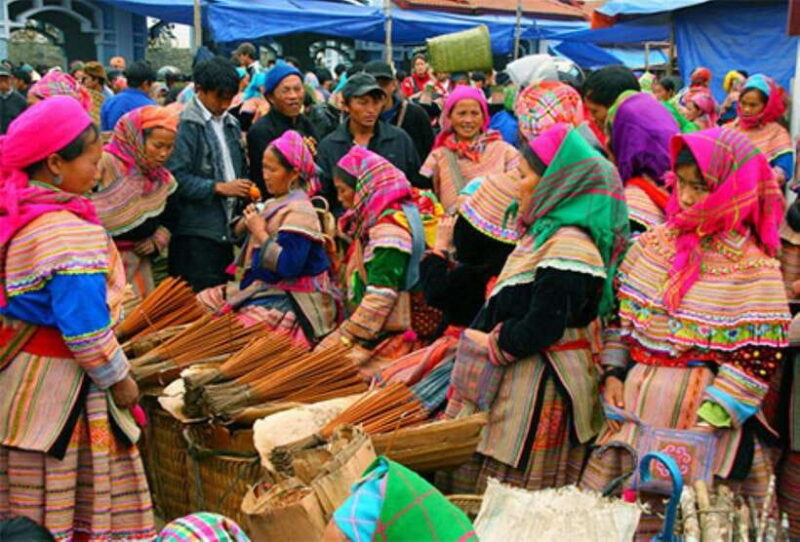
Ethnic people gather at the Sunday market in Bac Ha – a cultural experience not to be missed
4.3. Try a Herbal Bath in Ta Phin
The Red Dao people in Ta Phin Village are famous for their herbal bath tradition. These baths use over 20 kinds of local medicinal plants and are believed to improve blood circulation, reduce fatigue, and relax the muscles after a long trek.
5. Sapa Cuisine: What to Eat
The culinary experience in Sapa reflects the region’s cultural diversity and cold climate.
Must-Try Dishes:
Thắng cố: A traditional hot pot dish made by the Hmong people, often using horse meat or beef.
Salmon Hotpot: Unique to Sapa’s climate, the salmon is fresh, tender, and perfect in a hot pot on a cold evening.
Grilled skewers (thịt nướng): Found in Sapa night markets – pork, chicken, vegetables grilled over charcoal.
Sticky rice in bamboo tubes (cơm lam): A local specialty often served with sesame salt.
Sapa also has several restaurants catering to international travelers, offering a mix of Vietnamese and Western dishes.
6. Where to Stay in Sapa: Accommodation Guide
Sapa offers a wide range of accommodations suitable for all budgets, from basic homestays to luxury resorts.
6.1. Homestays
Ideal for travelers looking to experience authentic local life. Most are located in villages like Ta Van, Lao Chai, and Giang Ta Chai.
Recommended for: Cultural immersion, budget travel, community-based tourism.
6.2. Hotels and Resorts
Many hotels in Sapa Town offer mountain views, heated rooms, and spa services. High-end resorts like Hotel de la Coupole – MGallery provide a luxurious stay.
Recommended for: Comfort, honeymooners, or travelers who prefer modern amenities.
7. Travel Tips for Visiting Sapa
To make the most of your trip to Sapa, here are some essential travel tips for international visitors:
7.1. What to Pack
Warm clothes: Even in summer, temperatures can drop significantly at night.
Comfortable walking shoes: Trekking is a major activity.
Raincoat or umbrella: Especially during rainy season (June–August).
Cash (Vietnamese dong): Many places in villages don’t accept credit cards.
Adapter/charger: Vietnam uses Type A, C, and D power sockets (220V, 50Hz).
7.2. Health and Safety
Bring motion sickness pills if traveling by bus on winding mountain roads.
Always drink bottled water.
Respect local customs, especially when visiting ethnic villages.
7.3. Cultural Etiquette
Ask for permission before taking photos of local people.
Dress modestly when entering homes or sacred places.
Support local businesses and buy handicrafts directly from artisans.
8. Suggested Itinerary: 3 Days in Sapa
Here’s a sample itinerary to help you plan your trip:
Day 1: Arrival & Sapa Town
Travel from Hanoi to Sapa
Check-in hotel
Visit Cat Cat Village
Explore Sapa town and market in the evening
Day 2: Trekking & Local Culture
Full-day trek through Y Linh Ho, Lao Chai, Ta Van
Have lunch with a local family
Optional: herbal bath in Ta Phin
Day 3: Fansipan & Departure
Morning: Ride the Fansipan cable car
Afternoon: Free time for shopping or relaxing
Travel back to Hanoi
9. Conclusion: Why Sapa Should Be on Your Vietnam Itinerary
Sapa is a destination that perfectly combines natural beauty, cultural richness, and unforgettable experiences. Whether you’re hiking through lush valleys, connecting with local tribes, or simply enjoying the cool mountain air, Sapa offers a side of Vietnam that is both authentic and awe-inspiring.
Plan your trip to Sapa now and uncover one of Southeast Asia’s best-kept secrets.



